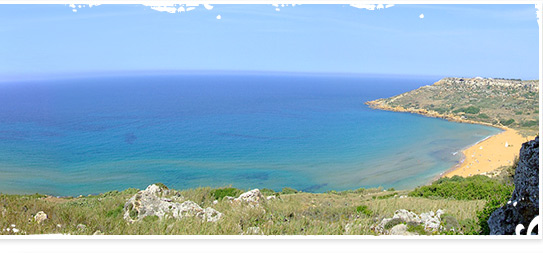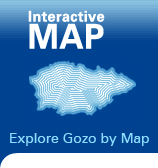|
Museum of Archaeology
The museum of archaeology illustrates chronologically the cultural
history of the Island of Gozo from prehistoric times to the early
modern period.
The Museum of Archaeology is located within the walls of the Citadel
just behind the old gate. It is housed in a seventeenth century
building, Palazzo Bondi, which originally served as a town hall
where the Knights of St John used to receive their distinguished
visitors.
The collection also includes a number of inscriptions.
The oldest was carved in Punic characters in the second century
BC to commemorate the building and restoration of sanctuaries. Another
interesting and touching inscription is that carved on Majmuna’s
tombstone, which laments the death of a young Muslim girl at the
age of twelve.
The Gozo Heritage
Situated inside a fascinating old building, the Gozo Heritage is
a privately owned museum. It offers a mixture of spectacular historical
experience of Gozo together with an appropriately set area where
the visitor could buy local crafts or enjoy a cup of coffee. The
museum introduces the visitor, in leisurely fashion, to 7,000 years
of Gozitan history.
Lifesize sculptures set in period environments animated
by the latest audio visual electronic techniques give the visitor
a ringside view of the chequered historical saga of Gozo.
Starting from the beginning of time the visitor is
virtually toured through the island's history up to the present
day, making stops at all the eventful periods of Gozo's history.
During this journey through time one becomes familiar with the numerous
colourful personalities who have contributed to the Island's rich
history and folklore.
The Maritime Museum
The privately owned Kelinu Galea Maritime Museum has a myriad of
exhibits, among which one can find rare and priceless articles such
as authenticated pieces of timber from Lord Nelson's ship "HMS
Victory", the "Constitution", which was the first
US warship, as well as one of Lord Mountbatten's gold epualettes
which he wore during the period of duty in the Meditarrenean.
The hundreds of exhibits in the museum were painstakingly and laboriously
collected by Kelinu Grima, a one time primary school teacher, who
spent something like 65 years collecting maritime memorabilia. The
extent of the collection, which includes models, uniforms, photographs
and vessel parts, may be gauged by well over 300 vessel crests that
adorn the museum walls. |









